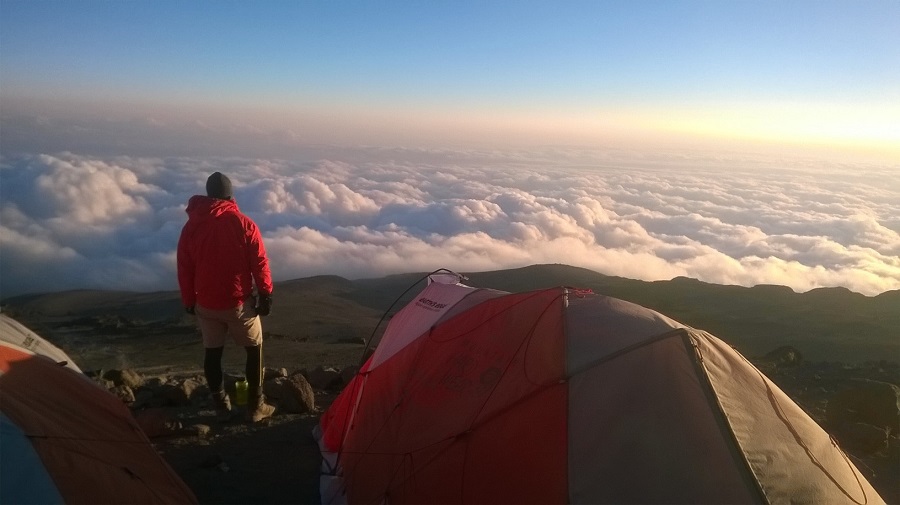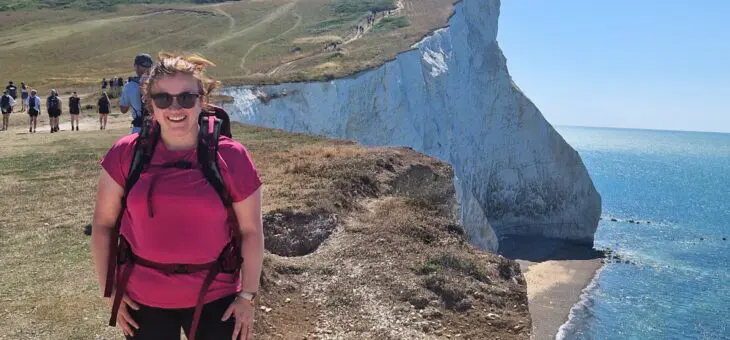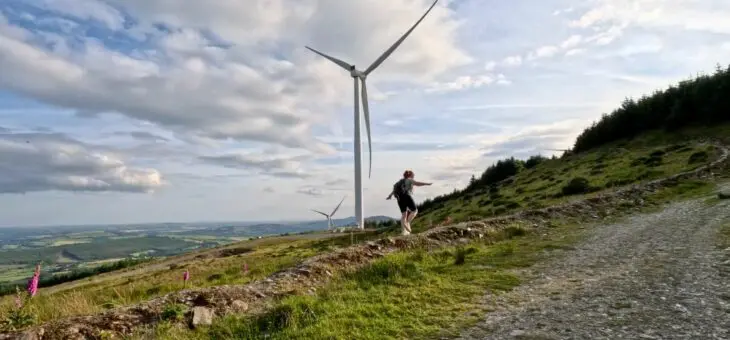
When you’re setting off to climb Kilimanjaro, you often have the same thoughts. How long will it take? Am I fit enough? How long is it going to take me? But there are lots of questions that people have, but feel too embarrassed to ask. Fear not! We don’t think there are any topics too embarrassing to talk about. So with that, we have the post you’ve all been waiting for. That’s right – everything you need to know about poo on Kilimanjaro!
How do I poo on Kilimanjaro?
We thought you’d never ask! The very basic answer is – in toilets. When you get to a camp each afternoon, you’ll find toilet tents all set up and ready to go. At some campsites, there are even more permanent toilets. Some of these have seats, and some are a hole in the ground affair, that you squat over. But there are toilets at every camp, whatever form they take.
One word of advice, for those of a delicate disposition – if you are squeamish or have a strong nose, try to be the first in the toilet tent when you arrive. If you wait a while, you’ll have a lot of strong scent to contend with.
What if I need to poo on the trek?
Well, you’re probably not going to find a toilet along the way. But don’t worry – plenty of people nip behind a rock to poo if they need to. And you’ll probably have to stop for wees, too. Remember, you need to stay really well hydrated on a trek, drinking at least 5 litres of water a day. So you’ll be peeing a lot! Be sure to bring your own stash of toilet paper and biodegradable poo bags, so you can take your rubbish with you.
We will have a little shovel on hand, so you can bury your poo. You don’t want to leave that behind for someone else to find…
Um… what if I get diarrhoea?
We thought you’d never ask! Let’s face it – diarrhoea is always a risk on a high altitude expedition. Sometimes it can be as a result of eating all those delish curried beans, sometimes you just have a bit of a dippy tummy. On some occasions, it can be as a result of gastroenteritis (Delhi Belly), which is the most common cause of illness on expeditions. This can be avoided with good hand hygene, so wash your hands thoroughly after using the loo and before eating.
We have a brilliant expedition doctor on all of our treks, so do mention it to them if you get diarrhoea. You need to make sure you rehydrate even more if that’s the case, so chat to them about what to do. While the doctor has a full medical kit, we recommend that every hiker bring their own first aid kit with medications. We go into this in more detail in our packing list, but basically you need to bring rehydration sachets, Buscopan, and antibiotics suitable to treat traveller’s diarrhoea. You’ll need to get these from your GP before travel. If you get constipated on the road, you might want to bring something like Dulcolax, too.
One more thing…
Don’t be embarassed about your poo! Everybody does it. And on Kili, you’d be surprised about how often the topic comes up. If you’re self conscious about having diarrhoea in the toilet tent, or nipping behind a rock for a poo, don’t be! It’s all part and parcel of the experience.
Just wash your hands afterwards.
But you don’t need us to tell you that (we hope).
If you want to read more about our Kilimanjaro expedition, click the link.






